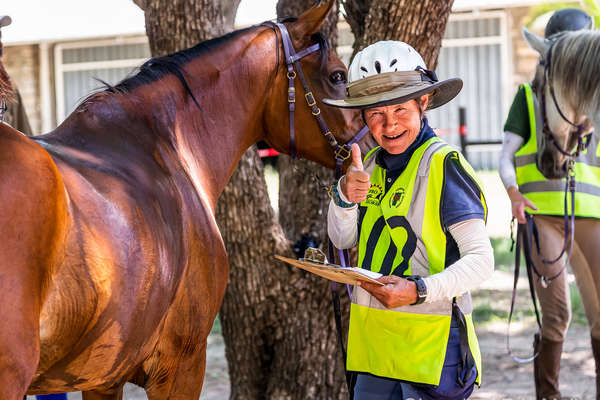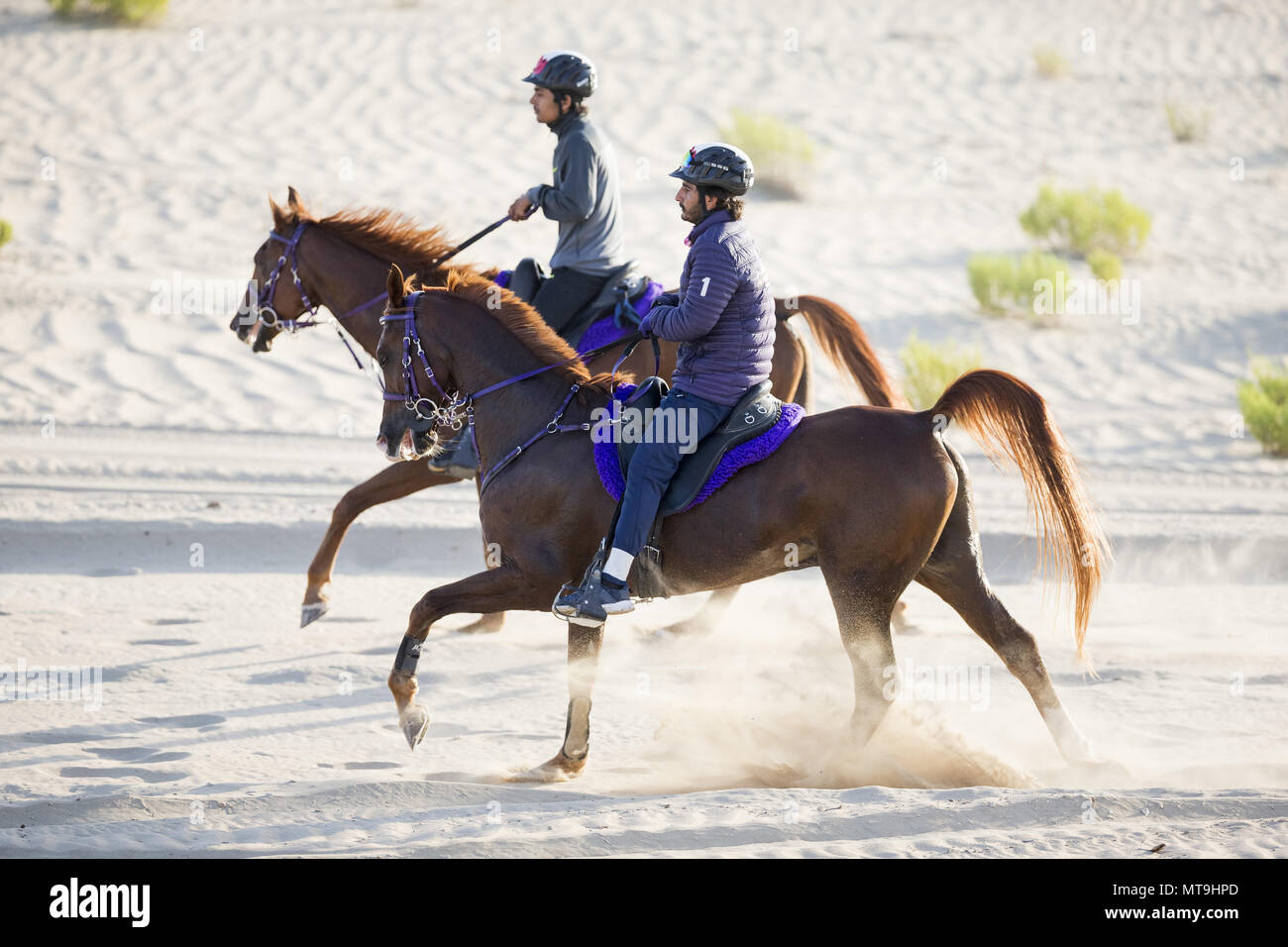Training Programs for Endurance Horses

Endurance riding is a demanding equestrian sport that tests the stamina, speed, and fitness of horses over long distances, often ranging from 25 to 100 miles in a single day. Developing an effective training program for endurance horses is crucial to ensure peak performance, health, and safety. This article explores the essential components of training programs tailored specifically for endurance horses.
Key Components of Endurance Horse Training Programs
| Component | Description |
|---|---|
| Conditioning | Gradual increase in distance and intensity to build cardiovascular fitness and muscle strength. |
| Nutrition | Balanced diet tailored to energy demands, including electrolytes and hydration strategies. |
| Rest and Recovery | Scheduled rest days and active recovery to prevent overtraining and injuries. |
| Veterinary Care | Regular health checks, vaccinations, and monitoring for signs of fatigue or injury. |
| Mental Preparation | Training to improve focus, reduce stress, and build confidence during long rides. |
Designing a Training Schedule
A typical endurance training schedule includes a mix of long slow distance rides, interval training, hill work, and rest days. Here’s an example weekly plan:
- Monday: Rest or light walking
- Tuesday: Interval training (short bursts of speed with recovery periods)
- Wednesday: Hill work to build strength
- Thursday: Moderate distance ride at a steady pace
- Friday: Rest or active recovery (e.g., swimming or light trotting)
- Saturday: Long slow distance ride to build endurance
- Sunday: Rest or light activity
Adjustments should be made based on the horse’s fitness level, age, and response to training.
Nutrition and Hydration Strategies
Proper nutrition is vital for endurance horses to sustain energy and recover effectively. Key points include:
- High-quality forage as the diet’s foundation
- Concentrates rich in carbohydrates and fats for energy
- Electrolyte supplementation to replace minerals lost through sweat
- Access to clean, fresh water before, during, and after rides
Hydration strategies during rides often involve offering water at regular intervals and using electrolyte pastes or powders.
Monitoring and Adjusting Training
Regular assessment of the horse’s condition is essential. Trainers should monitor:
- Heart rate recovery times
- Respiratory rate
- Muscle soreness or stiffness
- Behavioral changes indicating stress or fatigue
Adjust training intensity and volume accordingly to optimize performance and prevent injury.
Frequently Asked Questions (FAQ)
Q1: How long does it take to train an endurance horse?
A: Training duration varies but typically ranges from 6 months to a year, depending on the horse’s starting fitness and experience.
Q2: What are common injuries in endurance horses?
A: Tendon strains, joint inflammation, and dehydration-related issues are common; proper training and care help minimize risks.
Q3: Can all horses be trained for endurance riding?
A: While many breeds can participate, horses with good cardiovascular health, soundness, and temperament are best suited.
Q4: How important is rest in training?
A: Rest is critical to allow muscle repair and prevent overtraining, which can lead to injury.
Endurance horse training is a multifaceted process that requires careful planning, consistent effort, and attentive care. By following structured programs that balance conditioning, nutrition, rest, and monitoring, riders can help their horses achieve optimal performance and enjoy the sport safely.
